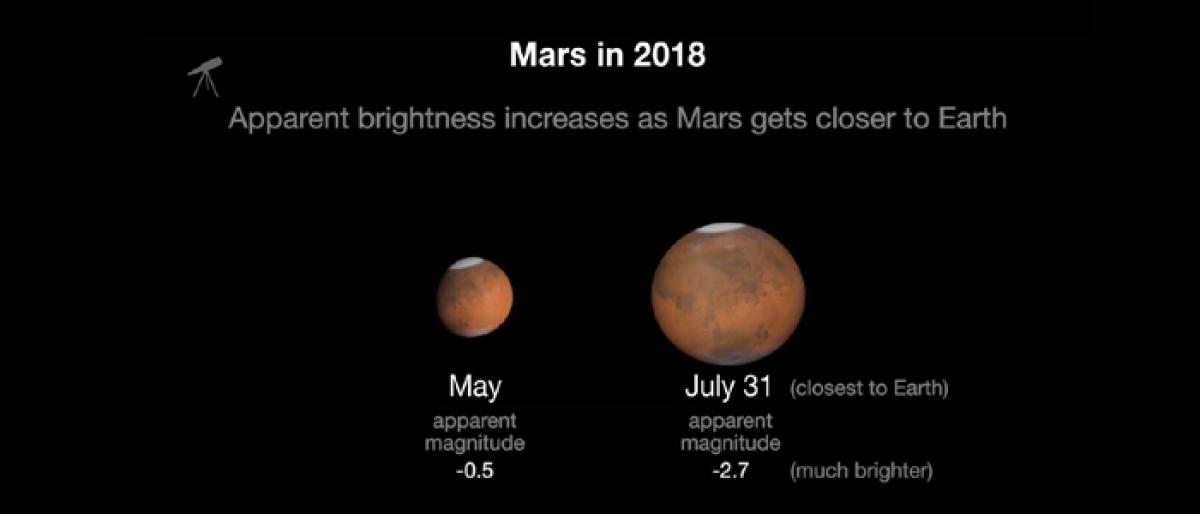Live
- Naga Chaitanya Opens Up About His Wedding Plans with Sobhita Dhulipala
- ‘NC24’ First Look Poster: Naga Chaitanya’s Next Promises Thrills and Mythology
- Rumors Heat Up as Vijay and Rashmika Enjoy a Cozy Meal Together
- 67th annual day celebrations held at IRISET
- Actor Ali Receives Legal Notice Over Unauthorized Construction at Vikarabad Farmhouse
- Puspa 2 -The Rule: Allu Arjun and Sreeleela Set the Stage on Fire with 'Kissik' Song
- Odisha promotes ‘Karuna silk’ at IITF
- Food Poisoning in Hyderabad: Three Fall Ill After Eating Biryani from Aroma Restaurant
- Meet held on reducing GHG emissions
- Pravati reviews paddy purchase process









